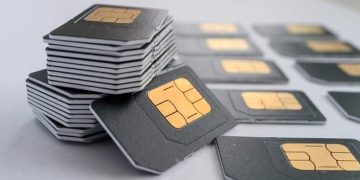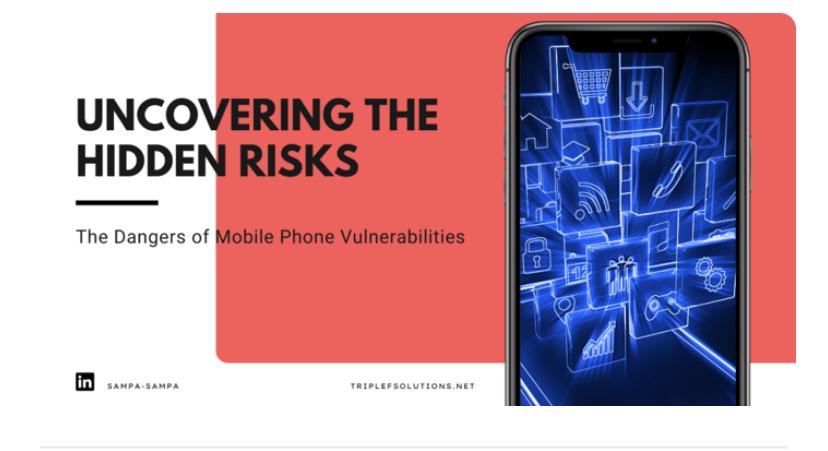By Sampa David Sampa
In this digital age, mobile phones are integral to our lives. From messaging to banking to shopping, our mobile phones are a gateway to the online world. But with so much of our data and activities stored on our phones, it is essential to be aware of their potential vulnerabilities. From malicious apps to phishing scams, this blog explores the common types of mobile phone vulnerabilities and the steps you can take to protect yourself.
In order to understand the dangers of mobile phone vulnerabilities, it is important to look at the various threats that exist. Mobile phone users are vulnerable to malicious software or malware, which is software specifically designed to cause harm to a mobile device. Malware can be installed on a device by an unsuspecting victim or come pre-installed on a device. Once installed, it can steal confidential data, access private information, or even track a user’s location.
One of the most common mobile phone vulnerabilities is using insecure applications. These apps can be installed onto your device without your knowledge and can be used to access your personal data. This includes your contacts, photos, passwords, and other sensitive information. It is important to only download applications from trusted sources and to read the privacy policies associated with them.
Another mobile phone vulnerability is the use of open Wi-Fi networks. These networks are generally unsecured, making them an attractive target for hackers. If you use open Wi-Fi networks, it is vital to take extra precautions to protect your device. This includes avoiding sending sensitive information over Wi-Fi, using a Virtual Private Network (VPN) for additional security, and ensuring your device is updated with the latest security patches.
Third-party applications can also introduce additional mobile phone vulnerabilities. These apps can access your data and be used to spy on you, or they can contain malicious code that can compromise your device. It is important only to download apps from trusted sources and to read the privacy policies associated with them.
Another major threat to mobile phone users is phishing. Phishing is a type of cyberattack in which malicious actors attempt to gain access to a user’s personal information by sending out deceptive emails or text messages. The malicious actors will often ask users to click on a link or provide information, such as passwords or credit card numbers, in order to gain access to the user’s account. Phishing attacks can be difficult to detect and can result in identity theft and financial losses.
Finally, mobile phone users are vulnerable to physical attacks such as theft and hijacking. Mobile phone thieves can steal a device and use it to gain access to the user’s personal information, or they can use the device to make unauthorized calls or texts. In some cases, the thief can modify the device’s software to access the user’s personal information.
Finally, it is important to keep the operating system of your device up to date. Operating system updates can help patch security vulnerabilities and protect against malicious actors. It is also important to be aware of any new features that may be added to your device, as these could introduce new security risks that you should be aware of.
Overall, mobile phone vulnerabilities can create significant risks for users. It is important to take a proactive approach to mobile security and be aware of the potential vulnerabilities that exist. By taking the time to understand the threats posed by mobile phone vulnerabilities, users can better protect their data and prevent malicious individuals from exploiting their devices. Ultimately, mobile phone users must take their own security seriously and always be mindful of the risks associated with mobile phone use.








































